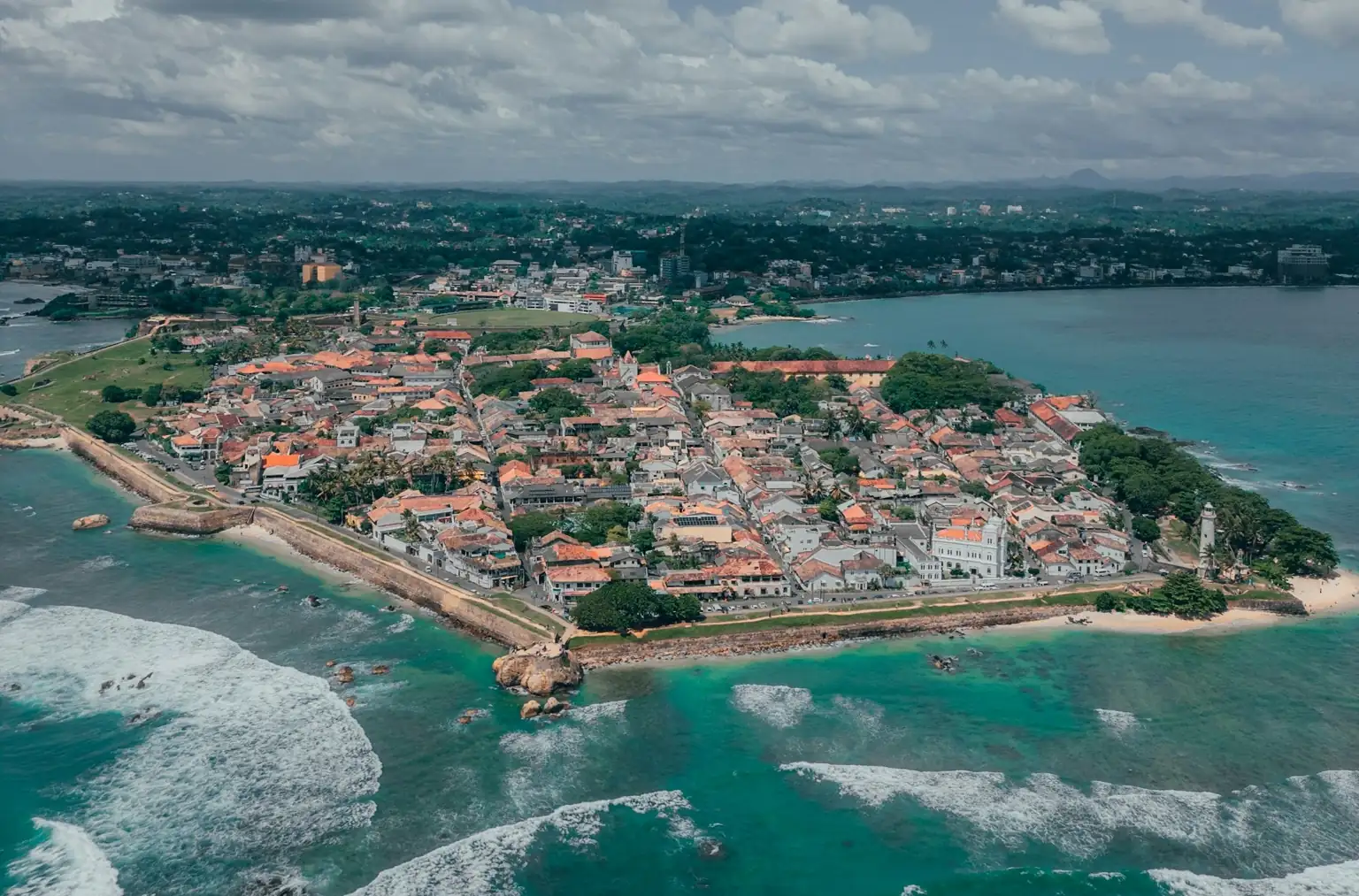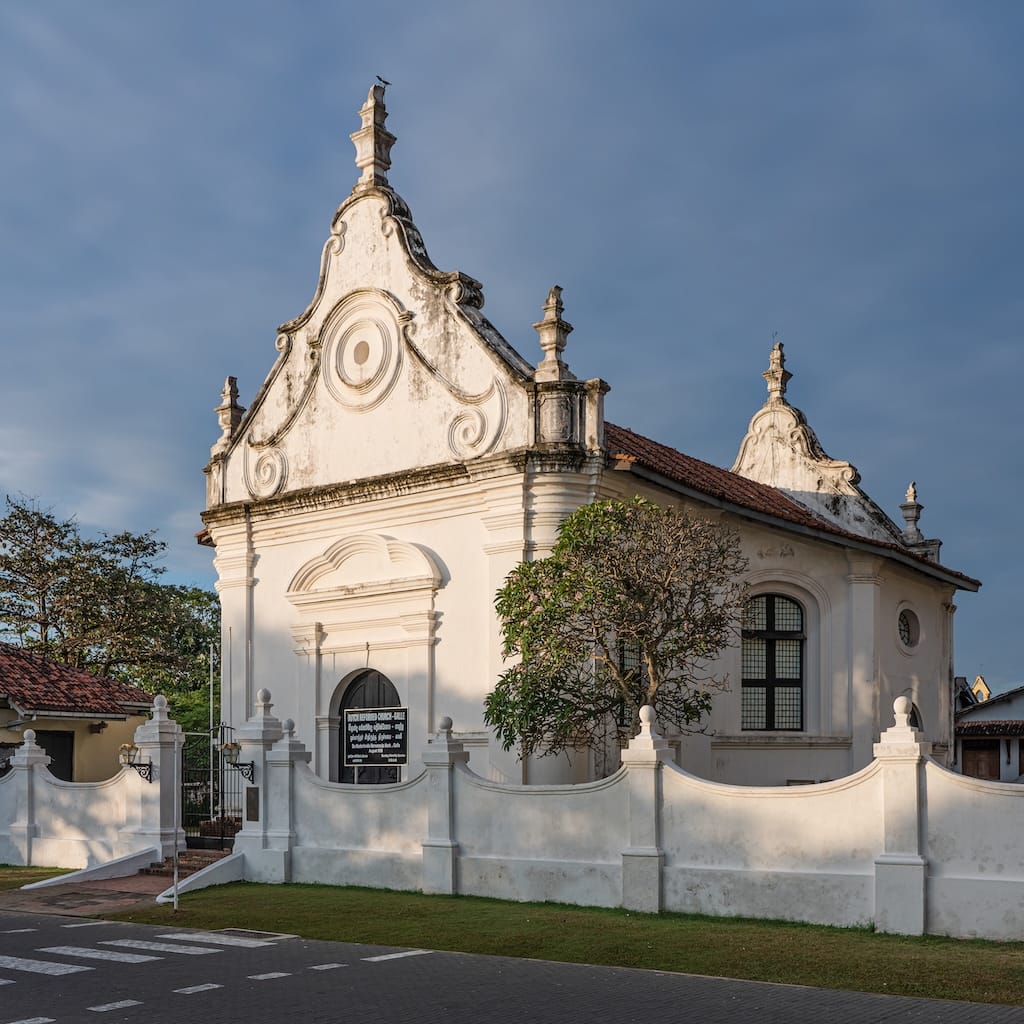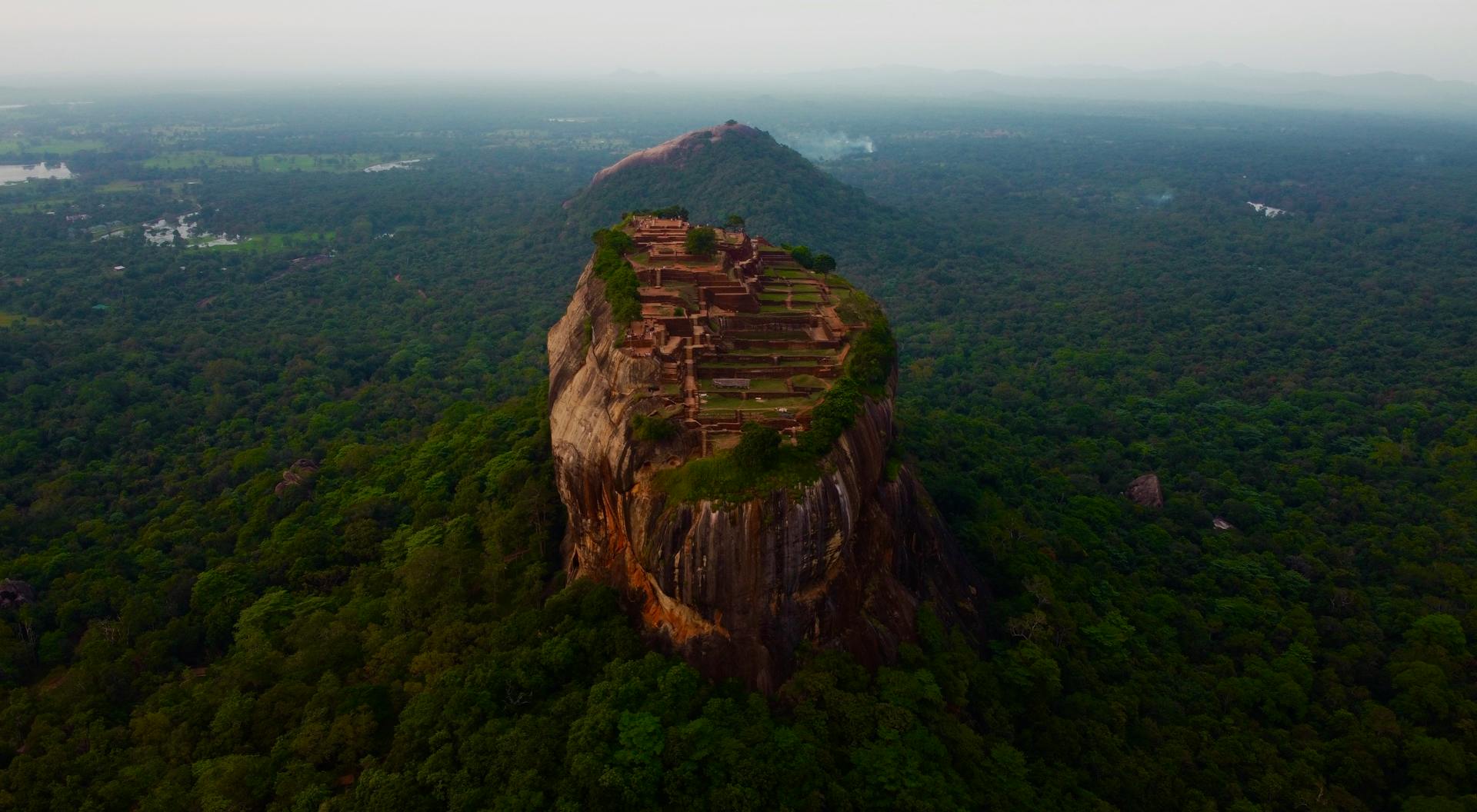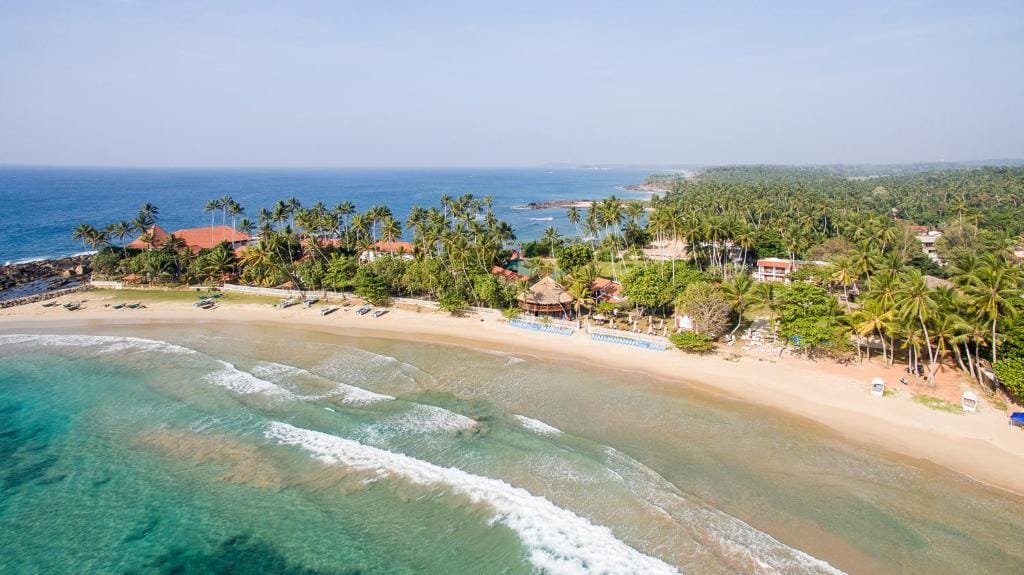Galle Dutch Fort: Discover the Colonial Heart of Sri Lanka’s South

Lorenzo de Almeida, the Portuguese admiral would never have expected to leave an ever-lasting legacy on this island when he first landed on the rooster infested shores of Galle by pure accident. With a little permission from the then king, he was able to establish a little Fortress (known today as the Black Fort or Santa Cruz) in Galle. Next up was the fortification by the Dutch after several battles against Portuguese followed by the repurposing, courtesy the British. Thus , Galle Fort has witnessed three European nations enter , conquer and leave Sri Lanka with its permanent seal of colonialism. Today , this giant citadel is the home to some of Sri Lanka's most expensive hotels, busiest restaurants and most famous lifestyle brands making it a true "living heritage".
Things to Do in Galle Fort
The Dutch Reformed Church:
Baroque architecture , intricate floor tiles made from tombstones , the pulpit and the mysterious catacombs make the Dutch Reformed Church one of the must-visit places in the Galle Fort. Crossbones and Skulls , Logos of wealthy Dutch families and colored windows add more mystery to the place. Make sure to take off your headgear when entering the church and leave a small donation with the curat0r for all his hard work. No photography is allowed inside the church.

The Galle Lighthouse:
A click here would be any photography enthusiast's dream as the tall white lighthouse stands tall gazing at the Indian ocean. You are not allowed to climb up the lighthouse for security reasons. You can also ask your Galle-Fort guide about the old lighthouse which burned down overnight during the British times.
The Galle Fort Ramparts:
Ramparts at The Galle Fort were an addition by the Dutch. Walking along the ramparts , one could discover 14 bastions ( beginning with the Schwartz Bastion) overlooking the Indian ocean. The Utrecht Bastion in particular offers a magnificent view of the Galle Harbor , the navigation channel and the gigantic Rumassala Peninsular.
National Maritime Museum:
Dive into Sri Lanka's marine history from wooden canoes to the galley-style fishing vessels of Dodanduwa ( a small coastal village towards the west of Galle Fort). The museum is also an ideal place to learn about edible seawater fish , mangroves and lesser known sea creatures in Sri Lanka.
Historical Mansion Museum:
This is more of a private collection showcasing a priceless collection of antiques and artifacts that have an intricate relationship to the island-life in Sri Lanka. The courtyard of the museum is the workstation of traditional jewelers and seamstresses who elucidate the born Sri Lankan talent for subtle , delicate work.
Amangalla Hotel:
Described by Lonely Planet as an "Ultra-posh" hotel , Amangalla's journey from being a soldiers' quarters to a five-star hotel is truly interesting. The hotel boasts of the best the high-tea in Galle Fort.
Galle Fort Clock Tower:
This is probably the gift of the millennia ! - A clock tower erected and gifted by the then locals of Galle city to the kind hearted Surgeon Peter Daniel Anthonisiz (circa.1800) in recognition of his work. Make sure to be there at sunrise or sunset as you could then witness the Sri Lankan Flag being hoisted by the Army boys. This place also provides the best view of the entire city , including the world renowned Galle International Cricket Stadium.
Art Galleries and Boutiques:
You wouldn't believe that the cobbled streets of Galle Fort are full of interesting art galleries and posh boutiques that could easily rob a full day off the Galle itinerary. Be it clothes , art , home deco or jewelry , the Fort has got you covered.
Sunset at Flag Rock Bastion:
The Flag Rock Bastion was the home to the first lighthouse of Galle Fort. Today, it is home to the "Crazy Jumpers" who dive head long from the Bastion to the ocean below , just to make ends meet at home. Sunsets at this place are surreal.
When to Visit
The best time to visit Galle Fort is from December to March, when the weather is dry and sunny, providing ideal conditions for exploring and photography. However , it can be visited year round and a bit of rain inside a colonial fort could be fun! The fort could get very humid during the mid-day. Hence , morning and evening visits are advised. Every year , The Galle Literary Festival falls between January and March. If you are a bookworm , that is the best period to visit!
What to Wear and Carry
Choose light clothing suitable for tropical climates. Comfortable walking shoes are a must. Don’t forget to bring sunscreen, a hat, and a bottle of water to stay hydrated. For females who wish to visit the Buddhist shrine inside the Fort , it is advisable to carry something to cover your shoulders.
Accessibility
Galle Fort is easily accessible by road from Colombo and other major cities in Sri Lanka. Within the fort, most attractions are within walking distance. However, the cobbled streets can be challenging for those with mobility issues. If you fancy a tuk-tuk ride around the Fort , there would be plenty of smiling drivers ready to host you.
Where to Wine and Dine
Galle Fort has a nice range of dining options, from street food stalls offering local delicacies to high-end restaurants serving international cuisine.
Final Thoughts
Galle Fort is more than just a historical monument; it's a living, breathing community that perfectly encapsulates the fusion of Sri Lanka's past and present. Whether you're a history buff, a culture enthusiast, or simply looking for a picturesque escape, Galle Fort promises an unforgettable experience.






